15 Examples of Savvy That We Should Take Note of and Share With Friends

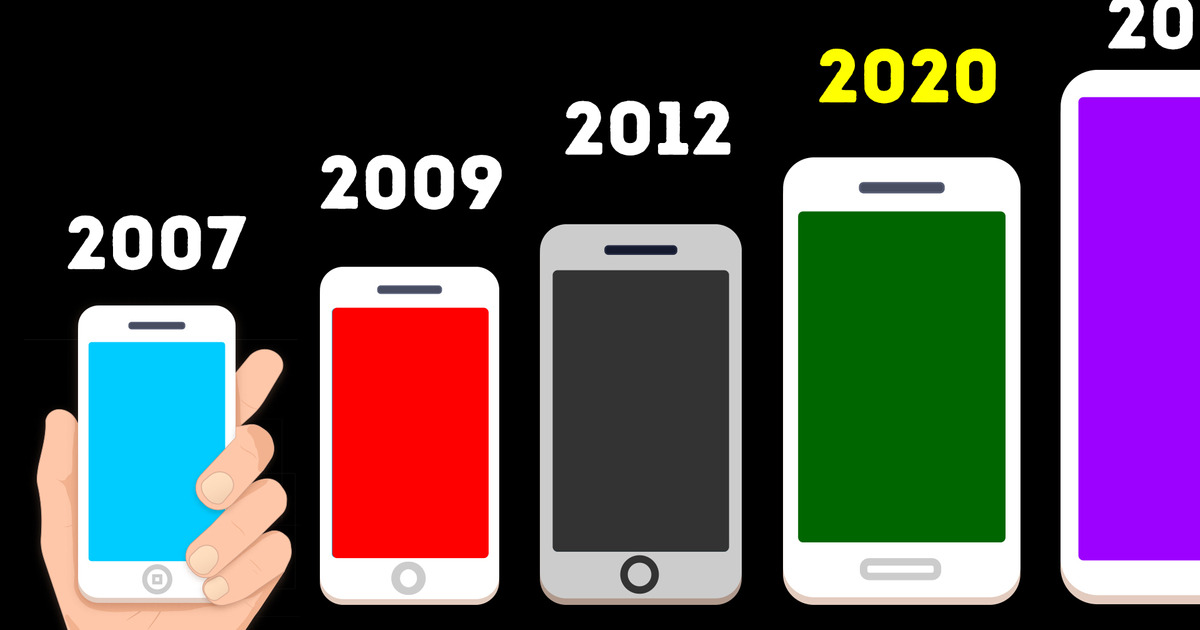
You know, when cell phones first appeared, they were really bulky and expensive. These early phones consumed lots of power, so they needed really big batteries to run. Plus, electronic components were also pretty large in those days. Besides their brick-like bodies, they also had long external antennas to reach the cell network.
But as time passed, electronic parts became smaller, and battery capacity increased enormously. Internal antennas appeared, and phones became thin and light as the overall technology improved. A 3.5-inch [3.5 in (9 cm)] screen seemed okay to most people, and we thought it would stay that size forever.
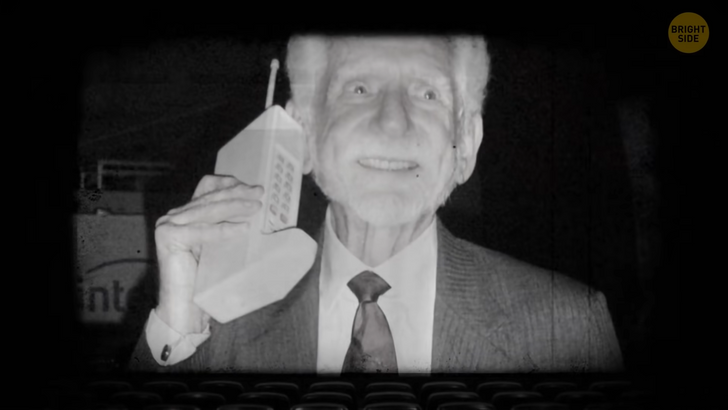
But nowadays, it’s hard to find a smartphone that has a screen smaller than 5 and a half inches [5.5 in (14 cm)]. Modern smartphones just keep getting bigger. So why are we now using smartphones that resemble tablets, if we already know the ways to make them smaller?
One reason is the camera. Today’s smartphones are able to film professional-looking movies thanks to their high-resolution cameras. To get this picture quality, you need bigger sensors. The number of cameras in a device also affects the size of the smartphone, because multiple cameras require more powerful processors and consume more energy.
On the subject of processors — modern smartphones are over a million times more powerful than the guidance computers used to send astronauts to the Moon in 1969.
Processors create a lot of heat when they work. Since a cooling fan won’t fit inside a smartphone, manufacturers make their devices bigger. This helps to get rid of the heat faster in powerful modern phones. The heat problem is also one of the reasons why metal is often used instead of plastic to make smartphones.
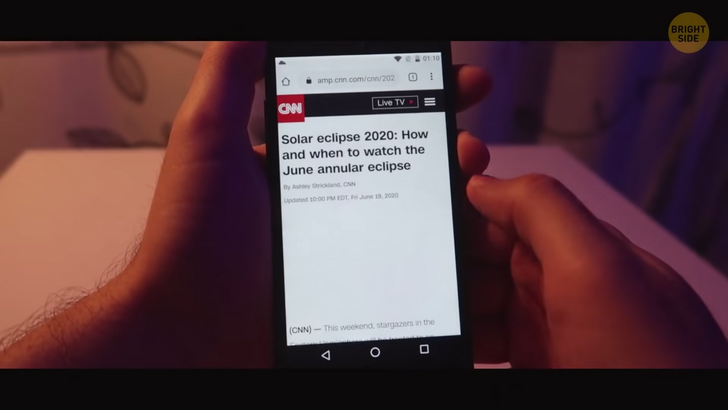
High-resolution videos, games, virtual reality, and many other features of today’s smartphones need a fast internet connection. To achieve this, manufacturers add more powerful antennas to their phones, which also makes them bigger.
You might think that your smartphone adds a lot to your electricity bill because you have to charge it every night. But relax: your smartphone actually consumes a small amount of power. It costs under a dollar a year to charge your phone every day.
Your smartphone has a hidden FM radio inside it, but it’s switched off when you buy it. Manufacturers don’t activate smartphone radios because demand for this feature is too low. But you can unlock the FM tuner all by yourself. All you need is a special app and a pair of wired headphones to serve as the antenna. Cool!
There’s a secret way to increase the lifespan of your smartphone battery. Just avoid fully discharging or charging your device. You should connect your phone when you hit 30-40 percent power and unplug it about 80-90 percent. Don’t go all the way to 100! This is better for the battery.
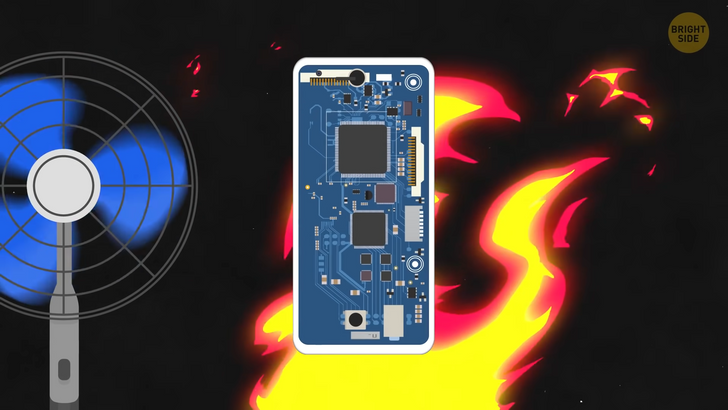
The first man in history to make a phone call using a cell phone was Martin Cooper, a Motorola engineer. In 1973, he presented the device at a press conference in New York. To prove to the public that it really worked, Cooper made a call there and then.
He had a good sense of humor, so he called one of his biggest rivals — engineer Joel Engel of AT&T. The first words ever spoken using a cell phone were: “Joel, this is Marty. I’m calling you from a cell phone, a real handheld portable cell phone.” Nee-ner nne-ner nee-ner. No, I just added that.
Do you get stressed without your phone, or when you’ve run out of battery? You might have nomophobia, which means “no mobile phone phobia”. People with nomophobia are afraid of going anywhere without their cell phones. Don’t worry. There’s treatment for that.
Modern phones can cost quite a lot, sometimes even more than a laptop. But this phone is unbelievably expensive! With a price of more than 40 million dollars, the Falcon Supernova iPhone comes with a case made of gold and a diamond on its back.
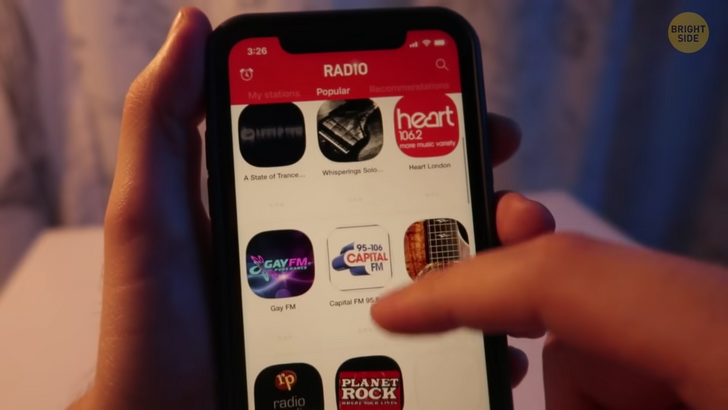
Does the name “Bluetooth” sound strange to you? The name comes from the Danish and Norwegian king, Harald Blatand, wrongly translated into English as “Harald Bluetooth”. And no, he didn’t have blue teeth. He was known for his success in unifying several Nordic tribes under his rule.
The inventor thought it was a good name for a technology that “unifies” different gadgets. It’s also a good thing that someone didn’t wrong translate his name into “Butthead”. “So if you want to connect these gadgets wirelessly, you just turn on ‘butthead’ and voilà!”
There’s a cell phone actually orbiting the Earth. Several years ago, some British researchers decided to test phone technology against the harsh conditions of outer space. They launched a Google Nexus phone on a rocket, and it’s still out there somewhere.
Every smartphone today is equipped with a selfie camera. But what if you want to take a selfie with a whole group of friends, and your hands just aren’t long enough to fit everyone into the picture? Don’t worry — if you still have wired headphones, you can snap a photo simply by pressing the volume button.

The cameras on our smartphones don’t just film and take photos in visible light. They’re actually so sensitive that they can see infrared! You can try this at home. Grab your TV remote, point the camera at it, and press any button. Your eyes won’t see anything, but your phone screen will reveal a blinking light.
We all know that smartphones can read QR codes. But they can also read barcodes using a special app. So if you’re at the store and can’t find the price on something, try your smartphone!
Use this trick if you want to turn your smartphone into a microscope. If you attach the lens from a laser pointer to the camera of your phone, you’ll be able to see images that are magnified one hundred times! You can also record them to get high-resolution pictures.
Studies show that there are around 17,000 bacteria on our phones. That’s 10 times more than on most toilet seats. So think twice before you use it at the dinner table.
90 percent of all phones in Japan are waterproof. Japanese users even take their gadgets into the shower. The first waterproof phone was released in 2005, and since then more manufacturers have adapted their devices to suit this unusual habit.
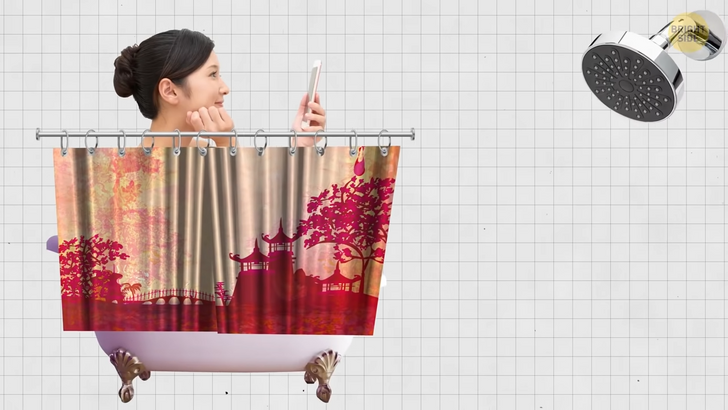
In China, more people now use the internet through their cell phones or tablets than through PCs. Because smartphones are usually cheaper and can perform the same tasks as a computer, it’s often more practical to use a mobile device.
There are so many useful apps out there today that make our lives easier. About half of all our time on digital media is spent using them. But studies show that we very rarely try out new apps. The majority of users in the US download zero apps per month!
The GPS service on your phone doesn’t need an internet connection or a data plan to operate. The system is made up of 24 satellites orbiting the Earth every 12 hours. Our phones can receive a GPS signal at almost any point on the planet for free.

The first person to predict the use of cell phones was the inventor and engineer Nikola Tesla, way back in 1909. In a column in the New York Times, he wrote that people would one day “carry an inexpensive instrument...to hear and speak from anywhere on sea and land”.
There’s more gold inside a ton of cell phones than in a ton of gold ore. So recycling old phones doesn’t just help the environment — it can also make us rich. Hey all good stuff!











